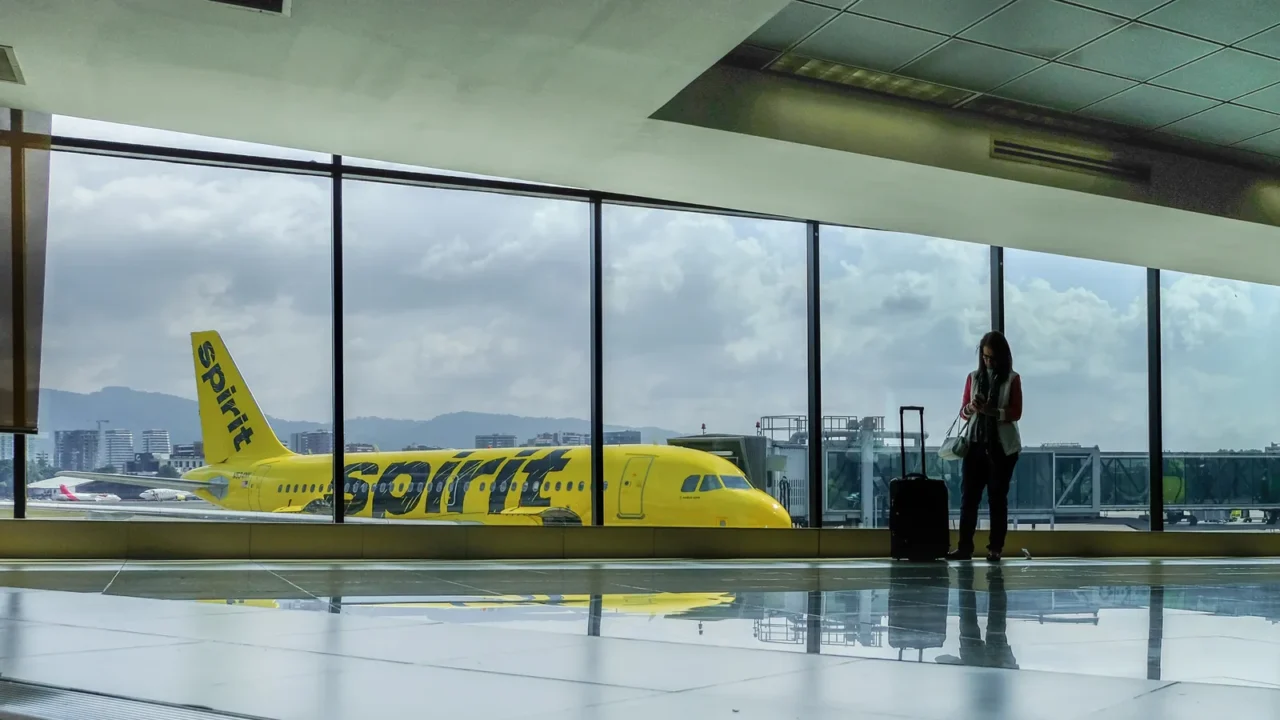
Spirit Airlines faces turbulence
Spirit Airlines is facing one of the biggest crises in its history. The budget carrier is cutting more than half of its planes and laying off about 1,800 employees as it struggles to stay in the air.
The move comes as part of its second bankruptcy filing in less than a year, forcing the airline to make tough choices about its future and its workforce.
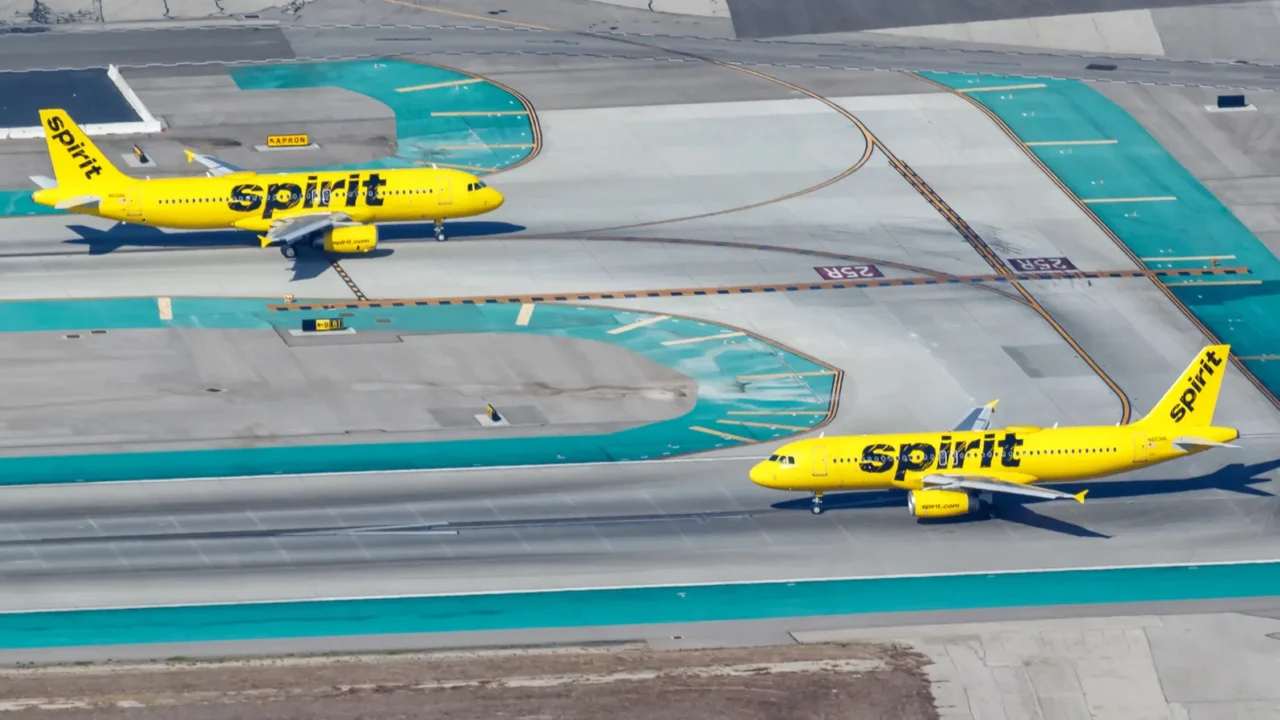
A shrinking fleet takes shape
Spirit once flew 214 aircraft, but by late October 2025, that number will fall to just over 100. The airline filed motions to return dozens of leased planes to lessors, hoping to cut costs and raise cash.
Executives say this dramatic downsizing will allow Spirit to become “smaller but stronger” as it restructures operations and finances.
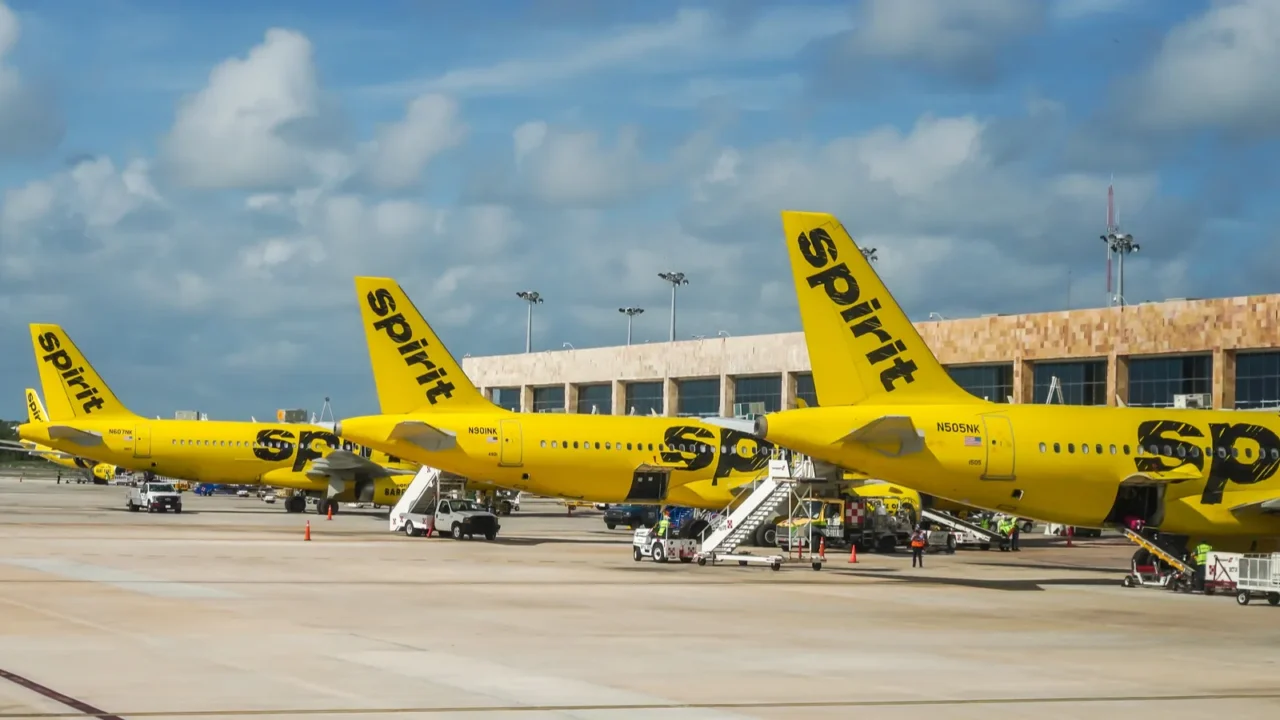
Returning jets for cash relief
In a key deal, Spirit reached an agreement with major aircraft lessor AerCap to return 27 planes. The deal came with a $150 million cash boost, giving the airline a short-term lifeline.
By returning so many aircraft, Spirit aims to reduce lease expenses and refocus on profitable routes while trying to stabilize its balance sheet.
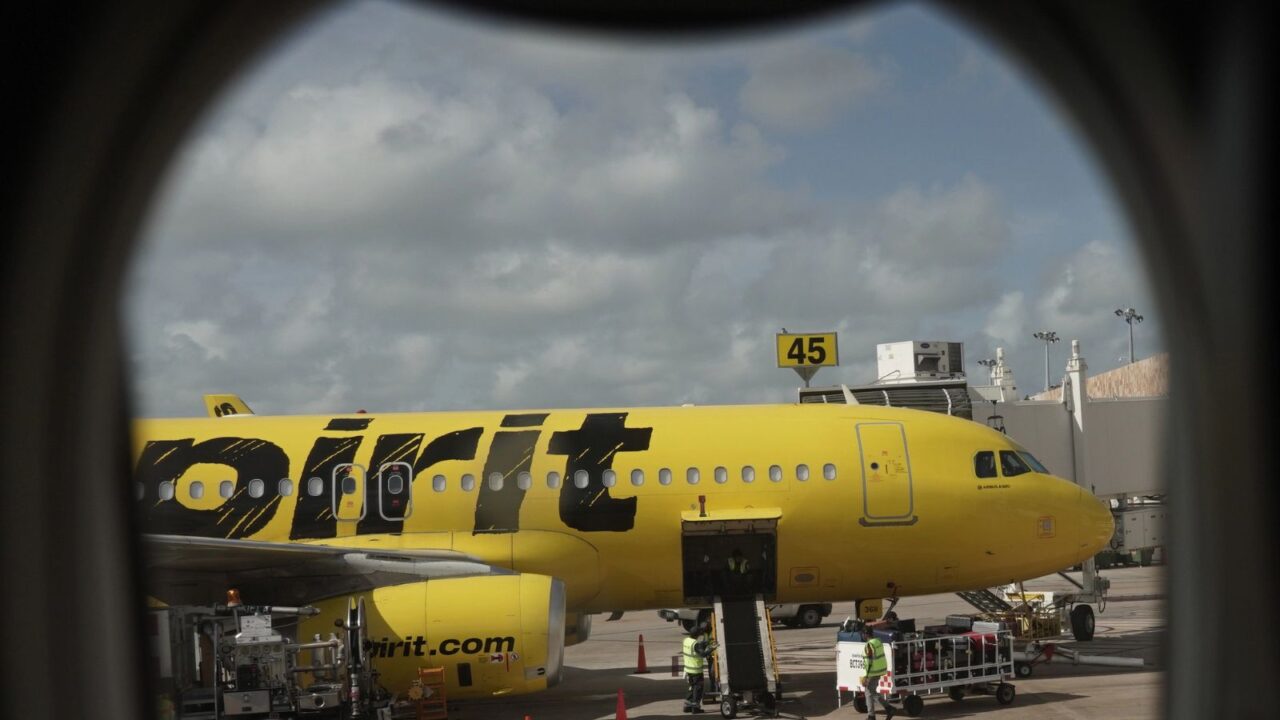
A fleet cut like no other
Altogether, Spirit is surrendering around 114 aircraft, more than half of what it operated at the start of the year. That’s the equivalent of grounding an entire mid-sized airline.
It’s one of the largest single reductions by a U.S. carrier in recent history, signaling how deep the company’s financial troubles have become.

Why the crisis hit so hard
Spirit’s problems stem from a mix of low passenger demand, too many budget airlines in the market, and fierce fare competition. Ticket prices dropped faster than expected in 2025, slashing revenue.
The result was massive losses, including a $246 million hit in the second quarter alone, forcing Spirit into another round of bankruptcy protection.

The cost of cheap tickets
As more low-cost carriers flooded the skies, Spirit struggled to stand out. Passengers chased lower fares elsewhere, while higher maintenance and fuel costs squeezed profits.
Experts say the company’s ultra-low-cost model, once its strength, became a weakness in a crowded, price-driven industry.

Bankruptcy round two
This is Spirit’s second bankruptcy filing in less than a year. The company says it needs court protection to restructure debt, renegotiate leases, and right-size its fleet.
Chapter 11 allows Spirit to keep flying while it reorganizes, but it also means months of uncertainty for employees, creditors, and passengers.
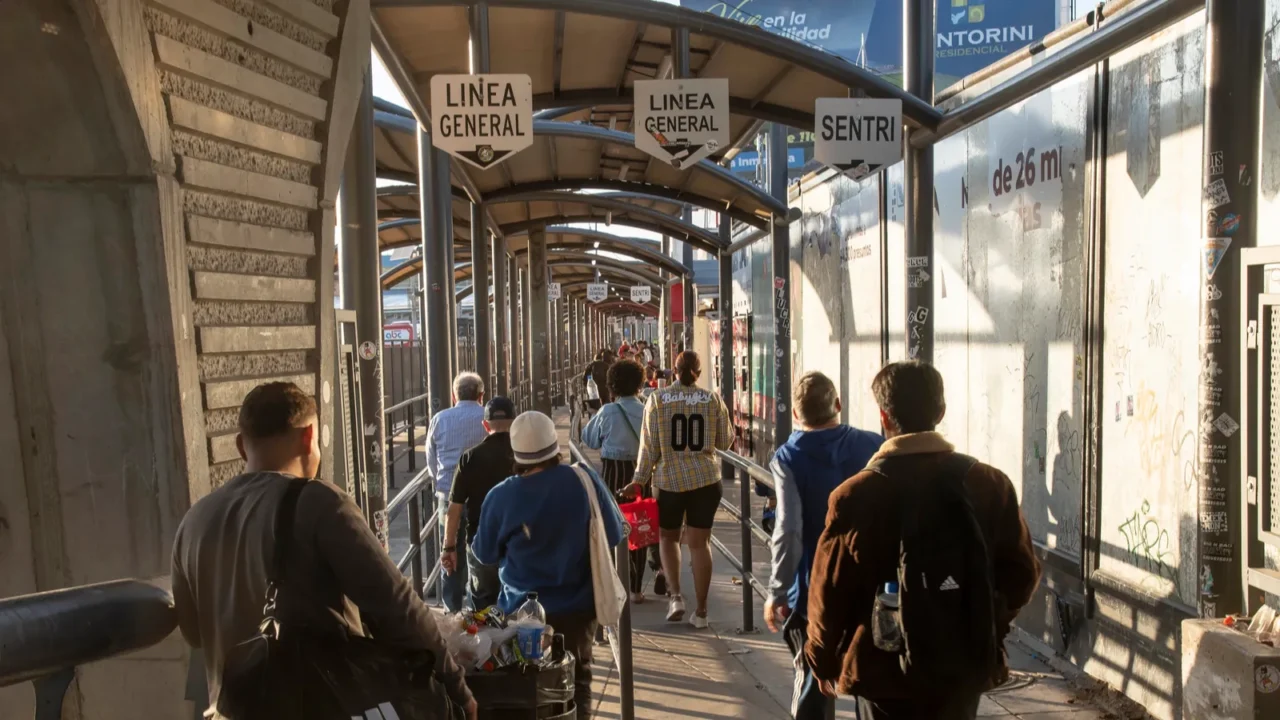
What bankruptcy means for travelers
For now, flights continue as scheduled, but route cuts are expected soon. Spirit plans to pull out of more than a dozen airports, focusing only on profitable destinations.
Customers may see fewer routes and less frequency on certain flights as the airline adjusts to a smaller footprint.

Thousands of workers affected
The cuts aren’t just about planes, they’re about people. Roughly 1,800 employees will be furloughed as part of the restructuring.
That includes 270 pilots already grounded and about 140 captains being demoted to first officers. Every department, from ground crew to customer service, feels the impact.
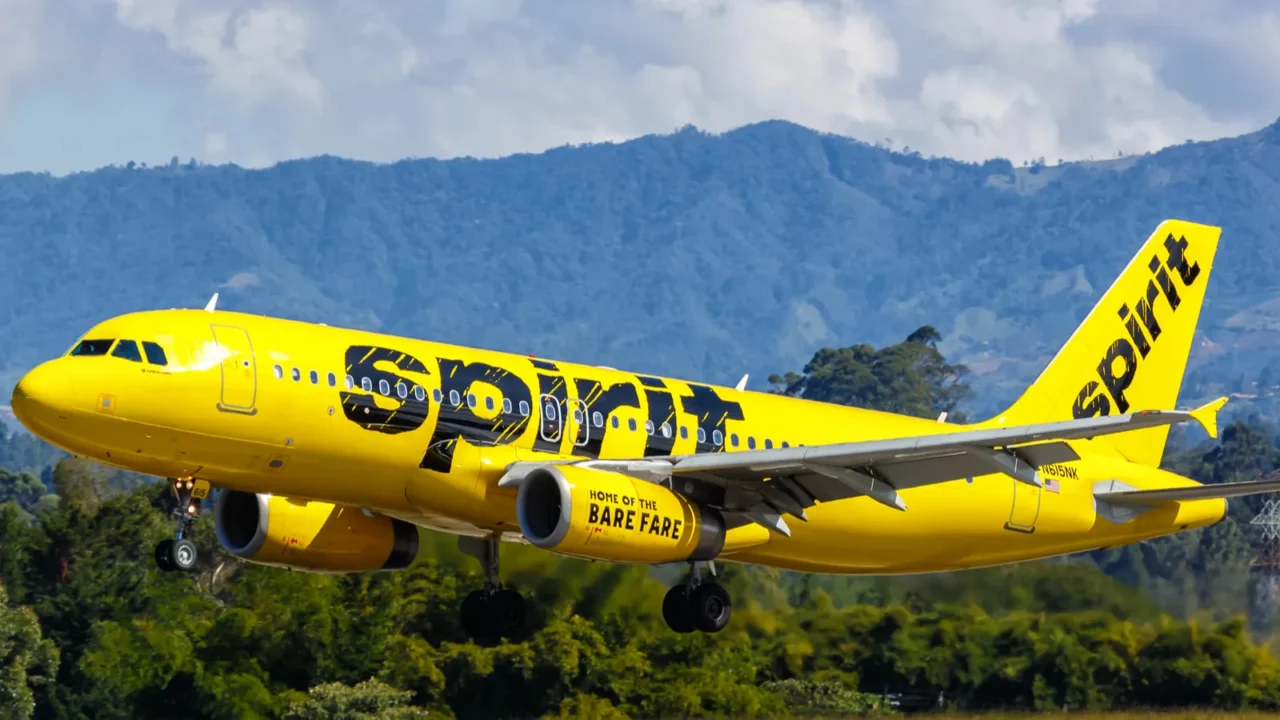
A painful cost-saving move
The company says the layoffs are necessary to align staff with a reduced fleet and route map. Spirit’s leaders insist these changes will save “hundreds of millions” each year.
Still, the human cost is enormous, as longtime employees face sudden furloughs just before the busy holiday travel season.
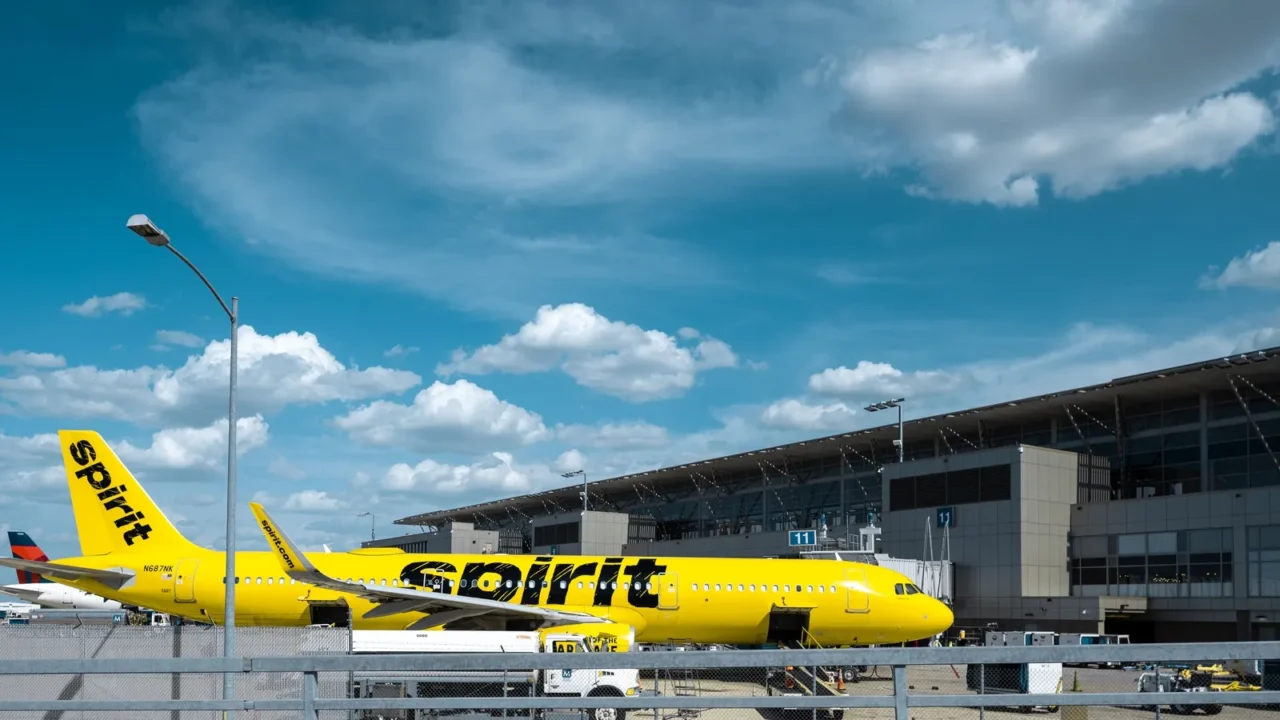
Engine troubles add pressure
Even before bankruptcy, Spirit faced technical setbacks. It’s the A320neo aircraft, powered by Pratt & Whitney PW1100G engines, that has suffered reliability problems.
These issues grounded about 38 planes for extended maintenance, leaving the airline short on usable aircraft and further squeezing its schedule.

Fewer planes, fewer routes
With so many jets parked, Spirit is cutting flights to cities like Hartford and Minneapolis. It’s focusing instead on key routes that still perform well, such as Florida and Caribbean destinations.
By trimming weaker markets, the airline hopes to rebuild profitability without overstretching its resources.
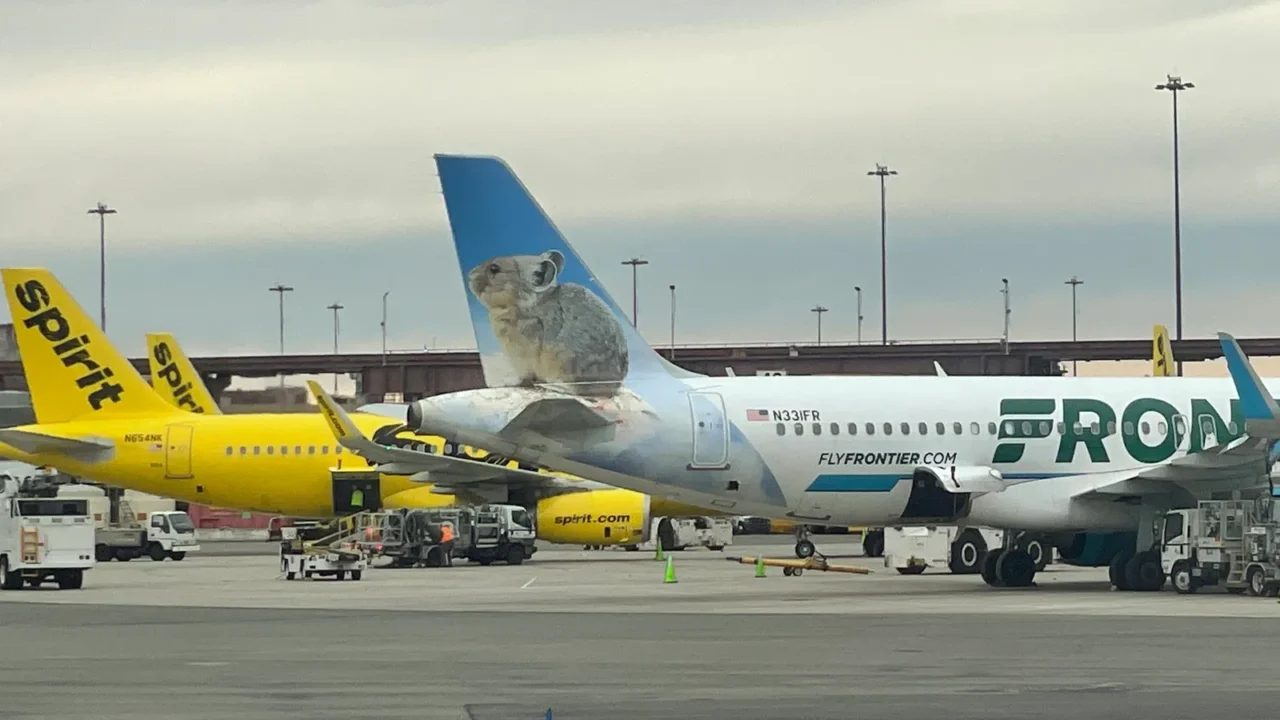
Trying to stay competitive
Spirit’s goal is to emerge from bankruptcy as a leaner, more efficient carrier. That means fewer planes but better financial control, tighter route planning, and a renewed focus on reliability.
Analysts say the challenge will be balancing low fares with sustainable profits, a difficult equation in a changing travel market.

New financing for survival
Spirit has secured up to $475 million in debtor-in-possession financing from existing bondholders. About $200 million could be accessed immediately if approved by the court.
This funding will help cover operations, payroll, and restructuring costs while the airline works through bankruptcy proceedings.
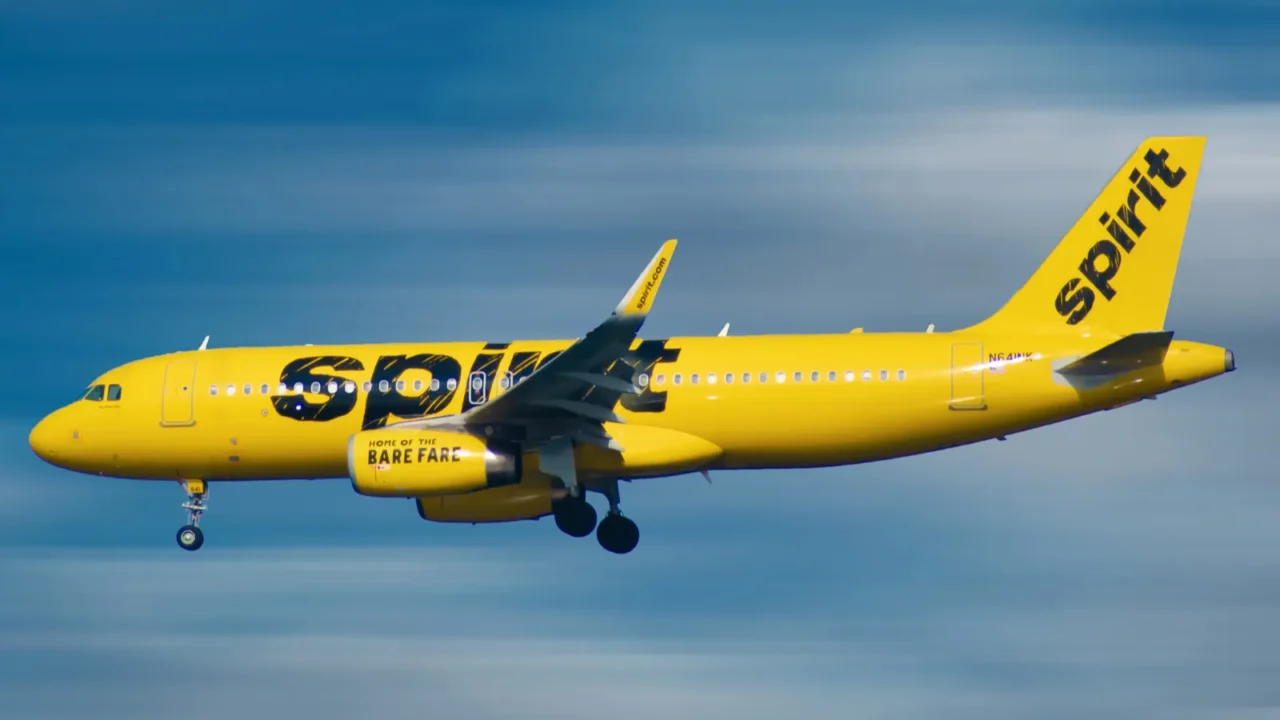
Exploring merger options
Executives are already exploring merger opportunities to keep the brand alive. Spirit is said to be in early talks with potential partners who could bring stability and investment.
A merger could help Spirit stay competitive, though it would likely reshape its identity and route network completely. Explore how Spirit Airlines’ shutdown could change the way you fly.
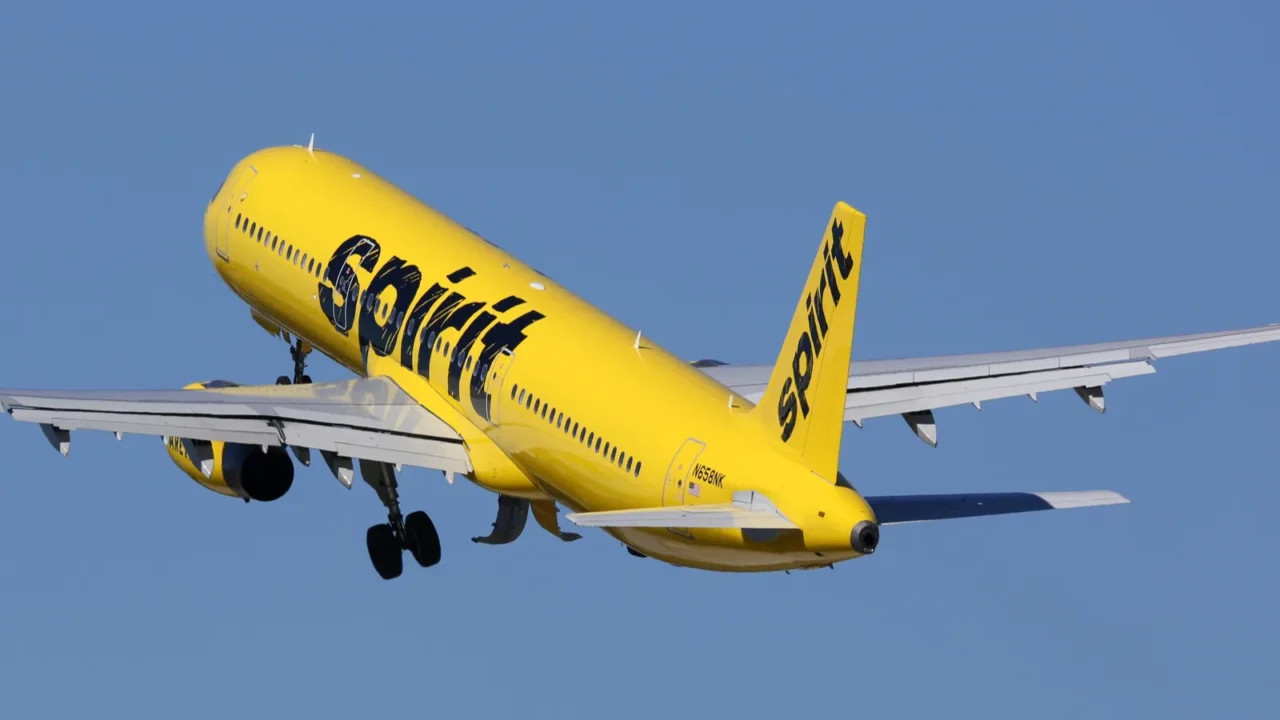
The future of the yellow planes
As the signature yellow jets disappear from airports, travelers are left wondering if Spirit can survive another year. The company insists it can, just with fewer planes and a sharper focus.
If successful, Spirit could reemerge as a smaller but more disciplined airline, better suited to today’s tighter travel market. Read for more details about why Spirit Airlines is canceling service to 11 U.S. airports in 2025.
Share your thoughts on Spirit’s future. Can the airline make a comeback?
Read More From This Brand:
- Spirit Airlines files for Chapter 11 bankruptcy protection for the second time in a year
- Best budget-friendly cities in Europe for 2025
- Top extravagant luxury hotels around the world
Don’t forget to follow us for more exclusive content right here on MSN.
This slideshow was made with AI assistance and human editing.